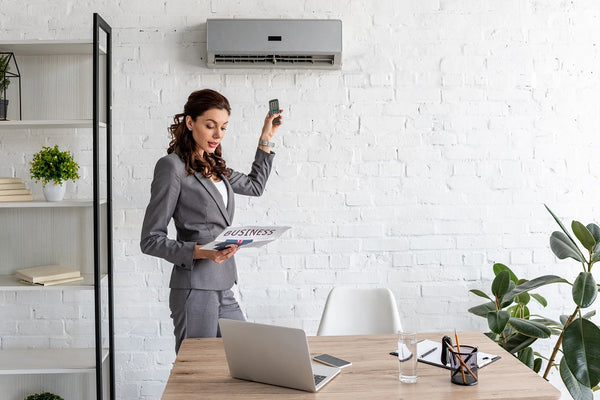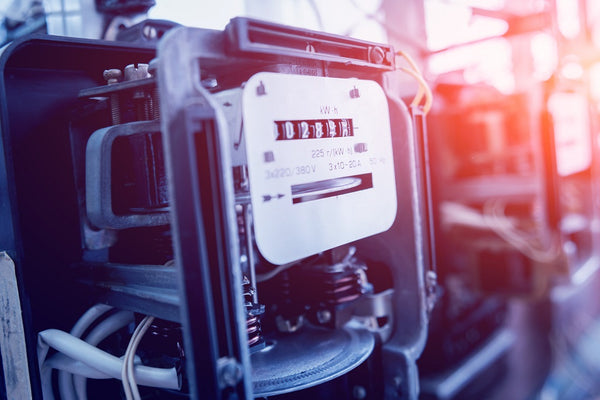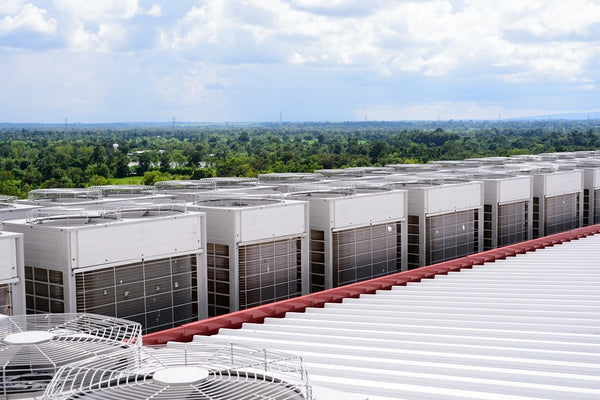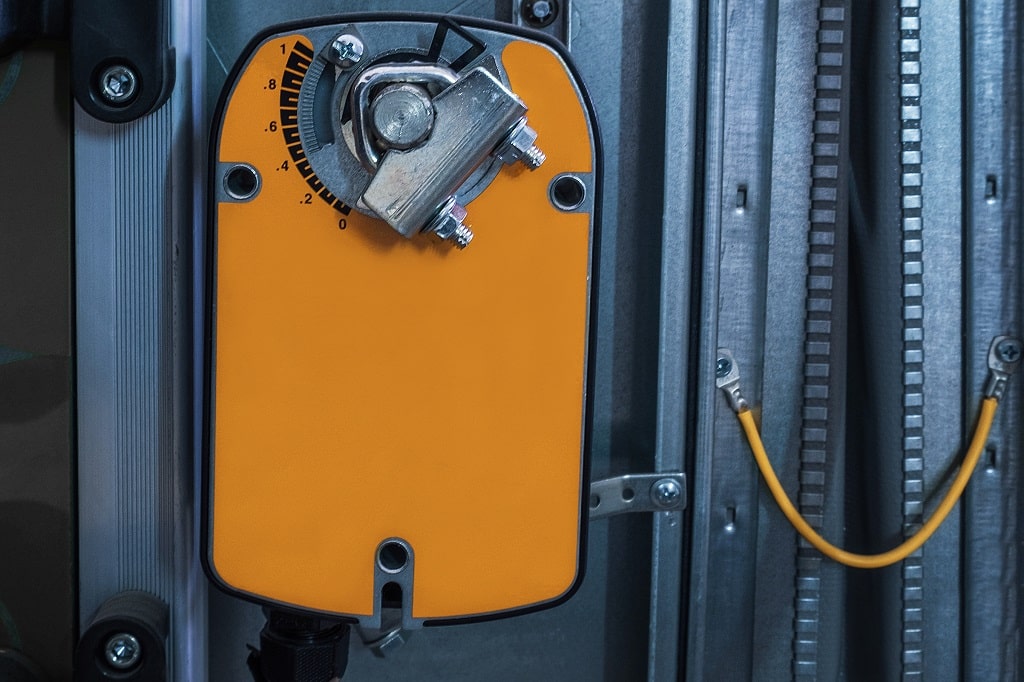
An HVAC unit stands for heating, ventilation, and air conditioning systems. These appliances allow you to warm or cool your homes and include components like furnaces, air conditioners, heat pumps, ductwork, evaporator coil, actuators, thermostats, and other comfort controls.
The Blackhawk Supply team is sure that an HVAC unit is crucial to ensuring that our homes are cooled and heated and that we enjoy good air quality. An HVAC unit will either move air inwards or outwards depending on whether it is heating or cooling the house. The heat pump and the furnace are responsible for either trapping the heat or releasing it using the blower and ductwork.
How HVAC Systems Work
HVAC systems, generally speaking, are made up of four major elements: your heating element, your cooling element, your ventilation element, and your controller element. Contained within each element are various components that help each element perform its role.
The furnace and the heat exchanger are both parts of the heating element; they are responsible for heating cold air in order to supply high temperatures. The evaporator coil, condensing unit, and refrigerant lines comprise the cooling element, which is responsible for supplying cold air.
Both the hot and cold air is supplied through various air vents and ductwork that are part of your ventilation system. However, the air that passes through the HVAC's ventilation system needs to be regulated. This is where actuators and dampers come in.
What Is an HVAC Damper?
A damper, also known as a zone damper, is a mechanical component of your HVAC system that is responsible for the regulation of airflow. More specifically, it is a valve or a movable plate that regulates central airflow as well as redirects the flow to various spaces within the home. This is an essential HVAC component that gives the system its ability for room temperature and climate control.
There are two types of dampers, which are categorized by type of control. Manually-controlled dampers are manual dampers that can be operated using a handle outside the duct. On the other hand, automatically-controlled dampers, also known as automated zone dampers, are those that are operated using electric or pneumatic motors, which are then controlled automatically using the thermostat.
Electrical automated zone dampers have two principal designs:
-
The first design uses a small shaded-pole synchronous motor with a rotary switch to disconnect the motor when the damper opens and when the damper closes. When power is applied to the “open damper” terminal, the motor runs until the damper is open. In the same way, when power is applied to the “close damper” terminal, the motor runs until the damper is closed. This design doesn't close the damper fully, however, as simultaneous closure of all the dampers in your HVAC system might damage the furnace or your air handler. That is why this damper design only obstructs a portion of the air duct.
-
The second electrically-powered damper design makes use of a spring-return mechanism and a shaded-pole synchronous motor instead of a rotary switch. This way, the damper is opened using the force of the spring while it is closed using the force exerted by the motor. In cases where electrical power is removed either through power failure or forceful removal, the damper opens to allow air to flow.
In both designs, damper actuators are used for automatic regulation of the amount of air that is produced by the HVAC systems.
Shop for top brands like Belimo, Siemens, and Honeywell now at Blackhawk Supply store!
DAMPER ACTUATORS FOR SALEWhat Is an HVAC Damper Actuator and How Does It Work?
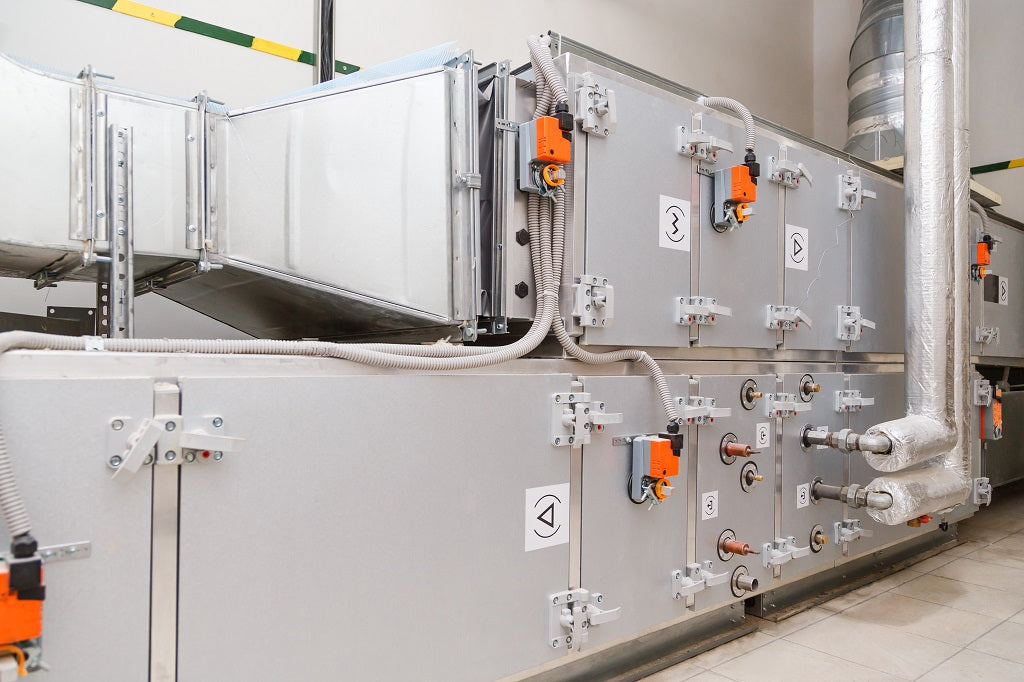
By definition, an actuator is a device component that is capable of, or rather responsible for, moving and controlling certain components of a mechanism or system. This is done by sending a control signal to the actuator, which is then converted into mechanical motion, often a rotational movement, and acts upon its environment. This control system can range from relatively simple such as manual input or a fixed-mechanical input to relatively complex and very high precision, such as a piece of software.
An HVAC actuator, more specifically, is responsible for controlling the damper. These are powered devices that are used to adjust the flow of fresh air and smoke within an HVAC system. HVAC dampers are controlled by these devices using a low-voltage signal.
Though there are other actuator types, like hydraulic actuators, manual actuators, and valve actuators, there are two basic types of actuator dampers: electric actuators and pneumatic actuators.
4 Main Types of Actuators
There are four common types of actuators that we will elaborate on such as:
- Spring Return On/Off
- Air Volume Modulating
- Chilled Water On/Off
- PIBCV Modulating
Spring Return On/Off Smoke Dampers
Spring return on/off actuators is used in HVAC units for activating the fire and smoke damper in the system. Motorized fire and smoke dampers have the capability of blocking fire and smoke from passing through the ductwork in an HVAC system. They must be fast-acting and fire-resistant, and they can be the on/off or modulating type.
They must also have a failsafe in case of an emergency. These fire and smoke damper actuators shouldn't be confused with a fire damper, which only blocks the flow of fire but does not block smoke moving through the ducts. These types of actuators will usually be found in pressurized air systems.
Variable Air Volume Modulating
An Air Volume Modulating actuator is a part of the VAV (variable air volume) box of an HVAC unit. The VAV box consists of a few parts, such as the Air Volume Modulating actuator, the damper, and a coil that can be used for heating or cooling by either using electric energy or a water pump.
The actuator's role is to modulate the damper to regulate airflow and air pressure in the HVAC system according to the different zones. VAV boxes are responsible for the air supply and air control of the HVAC units.
Chilled Water On/Off
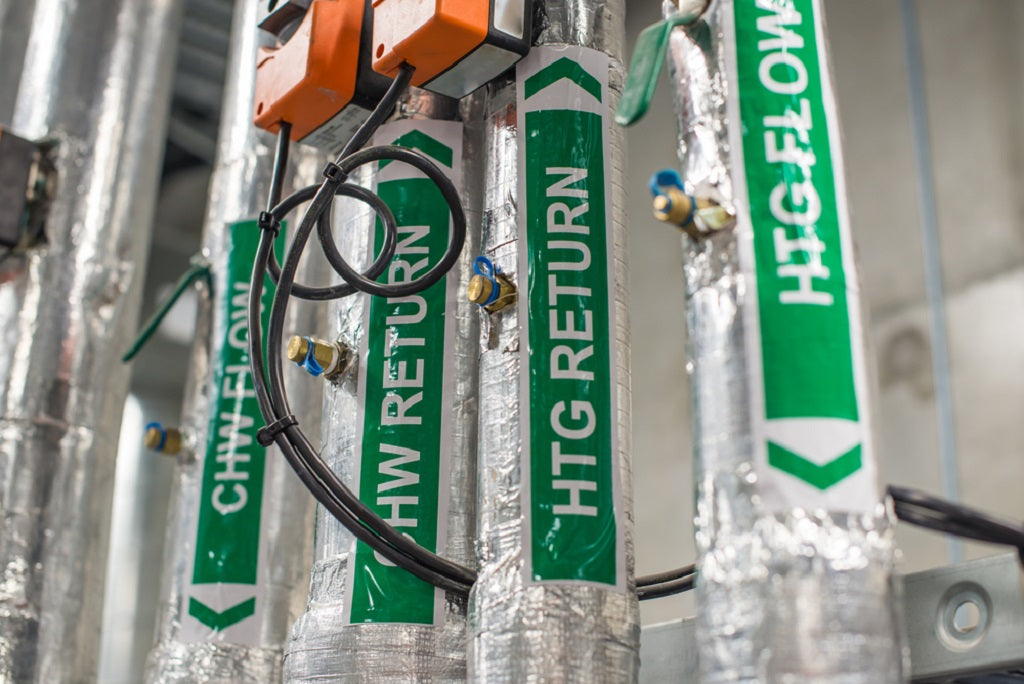
Chilled Water On/Off actuators controls the flow of chilled water that is moved throughout the system by evaporator coils. The valves will then be activated depending on the supply of air or the temperature that the air-conditioned space requires.
The chilled water that is going through the evaporator coils is solely controlled by the desired temperature of a thermostat. These types of actuators are not as common today, they are basic and are mostly found in older HVAC units.
PIBCV Modulating
PIBCV (Pressure Independent Balancing and Control Valve) Modulating are pressure-independent, modernized alternatives to the traditional chilled water on/off actuators used in chilled water A/C units.
They are highly accurate and water-resistant, modulating with on/off options and low energy consumption while not being noisy. These PIBCV actuators also tend to be very small components. These actuators are not in contact with actual chilled water; rather, the coldness is transferred from the valve to the actuator.
The Importance of HVAC Dampers and Damper Actuators
Dampers are the final control element for regulating almost all airflow in HVAC systems. Actuator applications are numerous, as they serve as an interface between the mechanical system and the control system, which is paramount for accurate control. But providing the ability to control the HVAC dampers are the actuators.
Typically, about 80% of the digital signals transported to HVAC systems are received by the actuator. They are perhaps the most critical component of the entire system since all other portions of the air system suffer when they are positioned inaccurately. More often than not, the accuracy of the damper and damper actuator is not an important selection criterion. However, the controller will not be able to compensate for this inaccuracy. That is why it is important to select the correct type when selecting one for your HVAC system.
Conclusion
Blackhawk Supply knows heating, ventilation, and air conditioning systems are some of the most important appliances that allow us to stay comfortable and have access to fresh air at home, at work, and anywhere else.
Blackhawk Supply has a wide array of dampers and actuators available for you to create the perfect zoning system for your home or office. Whether you're looking for rectangular dampers, zoning panels, or an HVAC actuator valve, we got you covered. Take a look at our wide selection of products on blackhawksupply.com. You may also message us using this contact form for any inquiries, quote requests, or general concerns.



